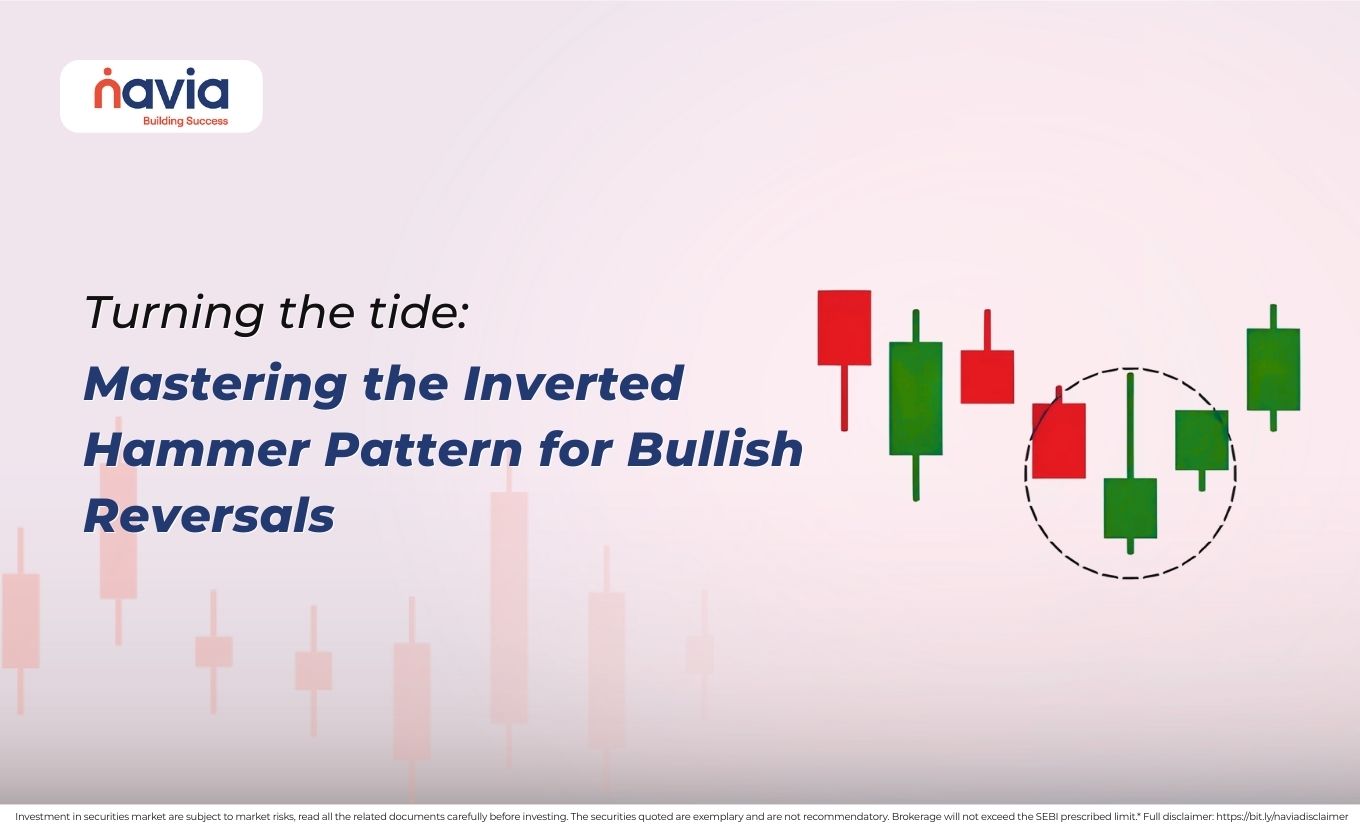Fundamental vs Technical Analysis: What’s the Difference?

Investing decisions often come down to two questions: what to buy, and when to buy. Fundamental analysis helps answer what (is the company worth it?), while technical analysis helps answer when (is the price right?).
There are two most popular methods available to evaluate stocks, fundamental analysis and technical analysis. Both are aimed at forecasting stock price movements, but they use different approaches.
In this blog, we’ll break down the key distinctions between fundamental vs technical analysis. This guide explains the tools, use-cases, and a simple decision checklist so readers can blend both methods effectively.
Which Works Better – Fundamental or Technical Analysis?
It’s difficult to tell like, there is no one-size-fits-all answer. Some traders will analyze the charts and price trends and make a decision. While long-term investors will rely heavily on company financials and macroeconomic data.
So, the choice between technical analysis or fundamental analysis completely depends on your goals, time horizon, and risk appetite.
🠖 Fundamental Analysis: Is commonly used by long-term investors.
🠖 Technical Analysis: Is ideal for traders who want to capitalize on short-term price movements.
Let’s explore both approaches in detail.
What is Fundamental Analysis?
Fundamental analysis involves evaluating a company’s intrinsic value by examining related economic, financial, and qualitative factors. So, the investors look at metrics like profit margins, revenue, debt levels, and market position to determine whether the stock is undervalued or overvalued.
Tools for Fundamental Analysis
There are some key tools used to conduct a company financial analysis, that are given below;
🔸 Company Financial Statements: It includes the balance sheet, cash flow statement, and income statement of the company.
🔸 Annual Report: It provides an insight into the management commentary, financial health and long-term strategies of the company.
🔸 Earnings Report: The quarterly updates will reveal the performance versus analyst expectations.
🔸 Valuation Ratios: Metrics like P/E (Price to Earnings), P/B (Price to Book), ROE (Return on Equity) and debt-to equity.
🔸 Industry and Economic Trends: Broader macroeconomic indicators affecting the company and sector.
For example, if you analyze the annual report of Reliance (for educational illustration only, not a recommendation) will give you a detailed overview of its operations, competitive strength, profitability, and future plans.
What is Technical Analysis?
Technical analysis, on the other hand, focuses on historical price movements and trading volume to predict future price trends. It is also known as chartists, so the technical analysts believe that all fundamental factors are already priced into the stock, so price action is the most reliable signal.
And this approach is popular among intraday and swing traders who look for momentum and reversal patterns to enter or exit trades.
Tools Required for Technical Analysis
The key tools and techniques used in technical analysis include;
🔸 Charts: It includes line, bar, candlestick, and point-and-figure charts to visualize price movements.
🔸 Indicators: The use of tools like RSI (Relative Strength Index), MACD (Moving Average Convergence Divergence), and Bollinger Bands are used to analyze volatility.
🔸 Volume Analysis: Measure the number of shares traded to confirm trends or reversals.
🔸 Patterns: It includes head and shoulders, flags, double tops/bottoms, and triangles that signal the trend’s continuation.
🔸 Moving Averages: The simple and exponential moving averages help to smooth out price data and identify the direction.
By combining these tools in technical analysis, traders can make decisions based on market movements.

Difference Between Fundamental vs Technical Analysis
Here you can see a quick comparison of technical vs fundamental analysis.
| Criteria | Fundamental Analysis | Technical Analysis |
|---|---|---|
| Focusing on | Company performance and macroeconomics | Price movements and market sentiment |
| Time Horizon | Long-term | Short to medium-term |
| Used data of | Financial reports, ratios and news | Charts, volume and indicators |
| Major Goal | Find intrinsic value | Predict price trends |
| Ideal for | Value and growth investors | Day traders and swing traders |
Both approaches differ significantly, and you can use them together. Some traders use split them like using technical analysis for timing entry/exit and fundamental analysis for choosing what to trade.
Conclusion
Choosing between technical analysis or fundamental analysis will impact your investment decisions directly. If you believe in long-term and you are ready to analyze deeper into company financials, you can choose fundamental analysis.
On the other hand, if you are interested in price patterns and short-term profits, technical analysis is often used by short-term traders. You can also blend both methods to make well-rounded decisions.
Trading platforms (including broker apps like Navia) provide access to tools for both technical and fundamental analysis.
Do You Find This Interesting?
Frequently Asked Questions
Which is better, fundamental or technical analysis?
It depends on your investment style. Long-term investors may prefer fundamental analysis for evaluating a company’s value, while short-term traders often rely on technical analysis for market timing.
What is the difference between FA and TA?
FA (Fundamental Analysis) looks at financial reports and company health, while TA (Technical Analysis) studies price charts and market patterns to forecast future prices.
What is TA in day trading?
In day trading, TA (Technical Analysis) is used to identify short-term trading opportunities based on patterns, momentum indicators, and market trends.
How do I use an annual report to analyze a company?
Start with the company yearly report to review the income statement, balance sheet, and management commentary. Look for trends in revenue, profits, debt, and future plans.
How often should I review the annual reports of a company?
Investors should review a company’s annual report at minimum once a year and consider quarterly updates if they are actively managing their portfolio.
DISCLAIMER: Investments in securities market are subject to market risks, read all the related documents carefully before investing. The securities quoted are exemplary and are not recommendatory. Full disclaimer: https://bit.ly/naviadisclaimer.






